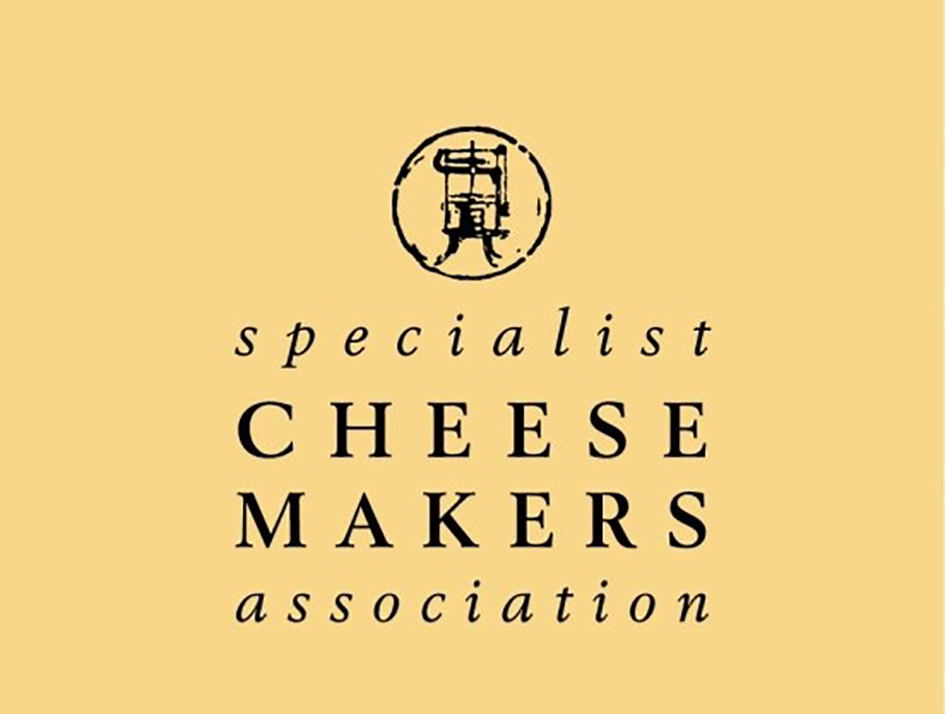
How to Cut Cheese
This page is here to guide you through everything that surrounds cheese. What to you want to know?
There’s an art to cutting cheese – do it right and you’ll ensure the best taste in every slice.
Of course, the size and shape of your cheese will dictate how it is cut, but you’ll also need to bear in mind the texture. If you’re cutting a creamy cheese like Brie, you want to ensure everyone gets a bit of the centre. When it comes to firmer cheeses like Cheddar or Stilton, you’ll want to ensure they’re equally divided and that you’re not left with an odd-shaped wedge which is impossible to cut.
Of course, it certainly helps if you have the right cheese knife for the type of cheese you are cutting. Soft cheese knives are usually designed with holes in the blade to more effectively handle the gooey textures. A small Hatchet knife is great cutting hard cheese such as Gouda, Parmesan or mature Cheddar and a hard cheese knife will make light work of cutting a Double Gloucester or Red Leicester. A Stilton Scoop is perfect for scooping your Stilton out of one of our iconic Stilton Jars. Cheese knives can be bought individually or as sets - take a look at our cheese knives and utensils collection.
|
|
|
|
|
|
|
Rind - to eat or not to eat?
Once you have cut your cheese, you can then consider whether to eat the rind. The rind is the outer layer that forms on the cheese during the cheese-making process. There are three main types:
Bloomy rinds
Bloomy rinds are white and soft and found on cheeses like Camembert or Brie. They form when cheesemakers spray an edible mould onto the cheese.
Washed rinds
Washed rinds form when the cheeses are bathed regularly with a bacterial solution during the ageing process, found on cheeses like Stinking Bishop, Epoisses and Goddess.
Natural rinds
Natural rinds form as a result of the temperature and humidity of the rooms where the cheeses are aged, found on cheeses like Parmesan and Stilton. A number of our traditional British territorial cheeses are wrapped with cloth once made. The cloth is removed once the cheese is ready to eat and the natural rind is left.
Whether you eat rind or not is purely a matter of personal preference – every cheese is different, as is everyone’s sense of taste. The rind on some cheeses, like Parmesan, is usually just too hard to be enjoyable, but we would suggest that for most cheeses, you simply give it a try.
We would also recommend you try a small piece of the cheese just underneath the rind as this is usually one of the most delicious parts.
However, eating cheese is about enjoying cheese, so eat what you want and leave what you don’t!
 Round Cheese
Round Cheese Hard Rinded Rectangular Cheese
Hard Rinded Rectangular Cheese Hard Rinded Rectangular Cheese
Hard Rinded Rectangular Cheese  Soft Triangular Shaped Cheese
Soft Triangular Shaped Cheese Pyramid or Square Cheese
Pyramid or Square Cheese  Wedge of Blue Cheese
Wedge of Blue Cheese  Log-shaped Cheese
Log-shaped Cheese


